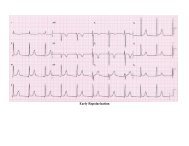using the ked
using the ked
using the ked
Create successful ePaper yourself
Turn your PDF publications into a flip-book with our unique Google optimized e-Paper software.
Special Situations<br />
Model 125 KED<br />
6.3 Adapting <strong>the</strong> KED for a<br />
Pediatric Patient<br />
The patient’s size and condition determine how <strong>the</strong><br />
KED can be adapted for a child.<br />
In this example of one possible method, <strong>the</strong> child’s legs<br />
are longer than <strong>the</strong> KED so <strong>the</strong> KED and child are<br />
placed on a long spine board.<br />
A folded blanket is placed on <strong>the</strong> child so <strong>the</strong> torso<br />
flaps can be wrapped and fastened normally (Figure<br />
41).<br />
Figure 41 - Applying <strong>the</strong> KED to a Child<br />
6.4 Adapting KED for an<br />
Angulated Neck<br />
When it is not desirable to straighten <strong>the</strong> patient’s neck,<br />
fold <strong>the</strong> head flaps inward. Position a rolled towel as<br />
needed, <strong>the</strong>n place a head strap across <strong>the</strong> patient’s<br />
forehead and secure <strong>the</strong> strap to <strong>the</strong> KED fastening<br />
strips (Figure 42).<br />
Figure 42 - Applying <strong>the</strong> KED to an<br />
Angulated Neck<br />
6.5 Adapting <strong>the</strong> KED for Use With<br />
Monitoring Systems<br />
Folding two slats of each torso flap inward provides<br />
more chest exposure when needed. Loosening two of<br />
<strong>the</strong> three chest straps allows defibrillation without<br />
losing immobility (Figure 43).<br />
Figure 43- Adapting <strong>the</strong> KED for Use with a<br />
Monitoring System<br />
26 © Ferno-Washington, Inc. 234-1754-02 April 2001





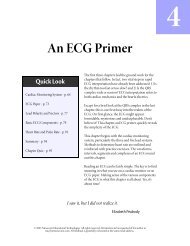
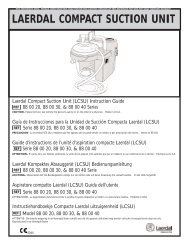

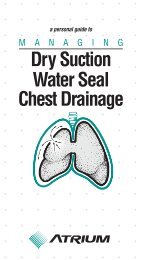
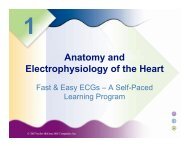
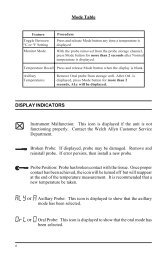
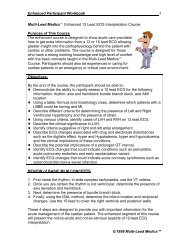
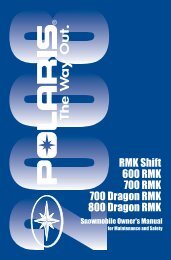
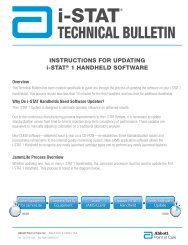
![EKG Basics.ppt [Read-Only] - Grand County EMS](https://img.yumpu.com/34986415/1/190x146/ekg-basicsppt-read-only-grand-county-ems.jpg?quality=85)

